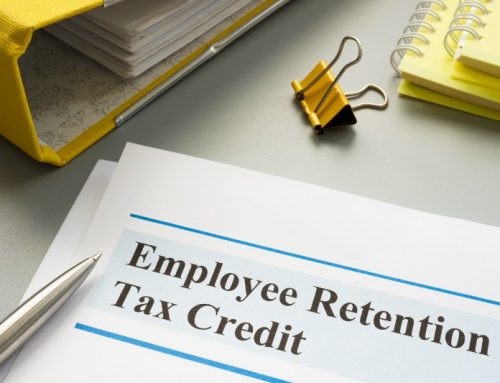Does your contract work qualify for the R&D Credit?
In the modern economy, many of the most technical problems are solved by firms contracted for their specialized expertise. These firms often engage in significant research and develop in order to produce a deliverable that meets the technical or economic objectives of their client. This work ranges from software companies working as subs to a prime government contractor, to architects hired by a developer to design a new building. The technical nature of this work can lead many companies performing services under contract to wonder whether or not contract work can qualify for the R&D Tax Credit.
The short answer to this question is: it depends. Any company seeking to obtain the R&D Tax Credit must show that its activities satisfy what is known as the four-part test, which are
- Work must be done to pursue a qualified business component
- Company must fact technical uncertainty when developing the project
- A company must use a process of experimentation; defined as the evaluation of alternatives through modeling, simulation, or systematic trial and error
- The work being performed must rely on principals that are technical in nature
Often, contractors performing very technical tasks find that their activities easily satisfy tests 2, 3, and 4. The business component test is where things can get confusing. IRC Sec. 41 (which governs the R&D Tax Credit) states that “funded research” is excluded from consideration for the credit. In general, a company could pass all of the other tests but if its work is considered “funded” the business component test would be null and void.
Any work done under a contract or grant falls into what could be considered “funded research.” However, the tax code does not provide a definition of what “funded” actually means. This ambiguity led to a decades-long battle between the IRS and taxpayers to define “funded” through the Tax Courts. From these decisions, there are two tests that have been derived and must be applied to any contract for which R&D Credits are sought.
Financial Risk Test
A contractor must be able to show that it faces significant financial risk should it fail to successfully meet the contract deliverables. The landmark case Fairchild Industries v U.S taught us that, in a contract situation, one must ask who ultimately bears the cost for failed research and which party faces economic risk.
In general, we know that Firm Fixed Price (FFP) contracts usually place maximum economic risk on the contractor (Geosyntec Consultants v U.S). Additionally, if a contract:
- gives the client the right to inspect and reject the contractor’s work,
- requires the contractor to correct any deficient work at its own cost,
- gives the client the right to refuse payment in full until work is successfully completed,
the contractor should be able to pass the funded research test.
Other contract structures, such as Time and Material with a not to exceed ceiling (T&M NTE) and Cost-Plus Fixed Fee (CPFF) can also qualify, but require strict due diligence. The contracts must show that the contractor must correct deficient work at its own cost or will not be reimbursed for expenses incurred above and beyond the price ceiling of the agreement. The precedent set forth in the Geosyntec, Fairchild, and Dynetics v U.S show that the terms of T&M NTE and CPFF contracts must be closely examined and that these types of contracts can easily fail the funded research test. Straight T&M contracts would not qualify for the R&D Credit.
Substantial Rights
In order to claim R&D Credits for work done under contract, the contractor must show that it retains some rights to utilize any discoveries, formulas, or inventions that arise as part of the project. Many contracts involving the delivery of software or other technical components (especially those in the government contracting space) contain language or reference FAR sections denoting which party retains rights to the research. However, court precedent has shown that the contractor need not retain exclusive rights and that the right to research is not a “zero sum game” (Lockheed Martin v U.S).
If a contract gives the taxpayer the ability to exploit discoveries for future commercial use or if this arrangement is implied in the agreement, the substantial rights test has been met. Again, just because a contractor turns its drawings or code over to the client does not mean that they have forfeited rights to those work products. I many cases, rights to the research, are not discussed in the contract, which is why careful due diligence is needed in order determine if your contracts will comply with this precedent.
Conclusion
R&D performed under contract is one of the most complex areas of R&D Tax Credit law. Multiple court cases have examined various types of projects to establish some guiding precedent. However, this is still not a black in white matter. Each contract and project is different and must be reviewed by a professional with expertise in this area of the tax code.
Alternate Tax Solutions has been providing R&D Credits for contractors since 2009. Our experience with this area of the tax code and with the IRS allows us to determine the strengths and weaknesses of your contracts and their ability to meet the R&D Credit criteria. For a free up-front analysis of your businesses contract work please reach out to the ATS experts.





